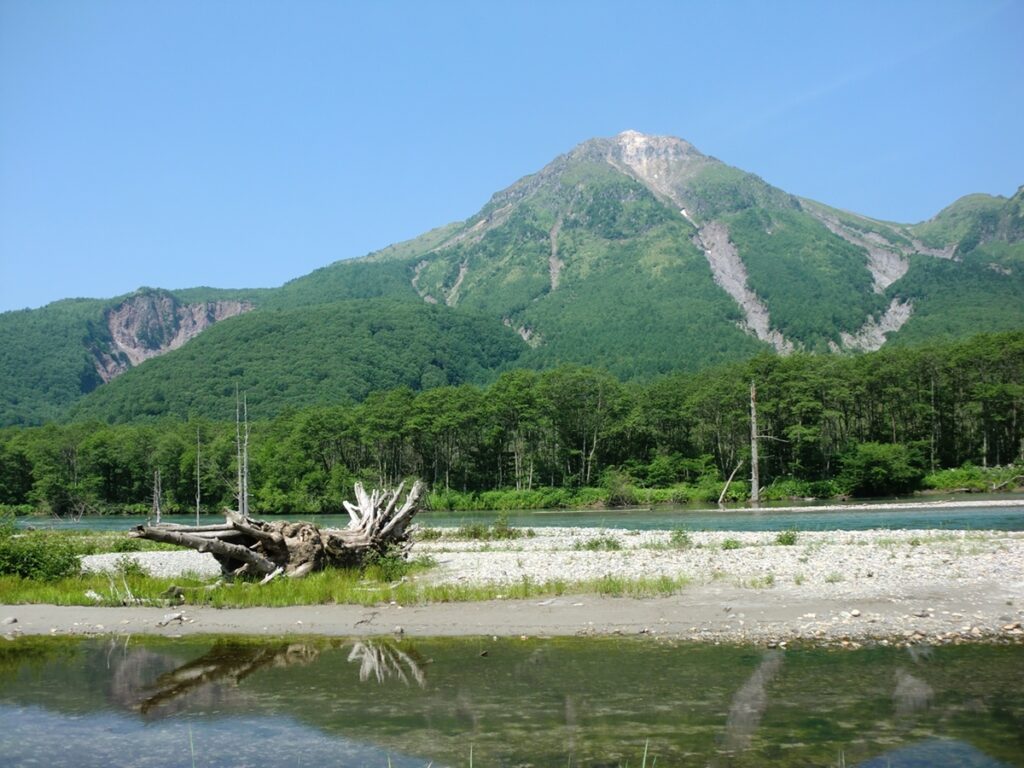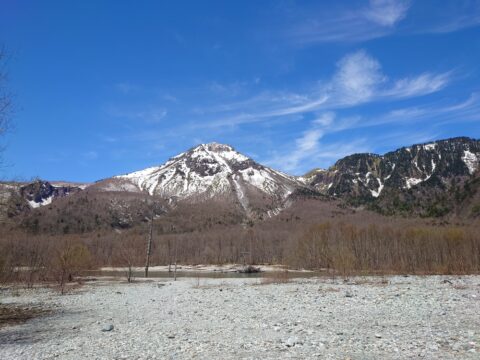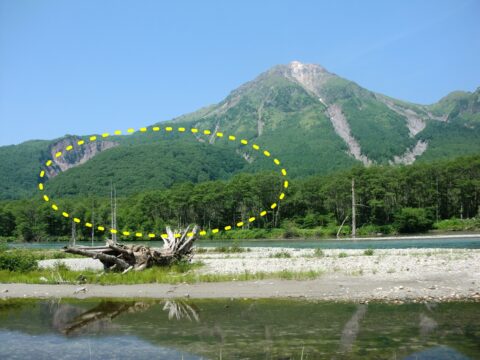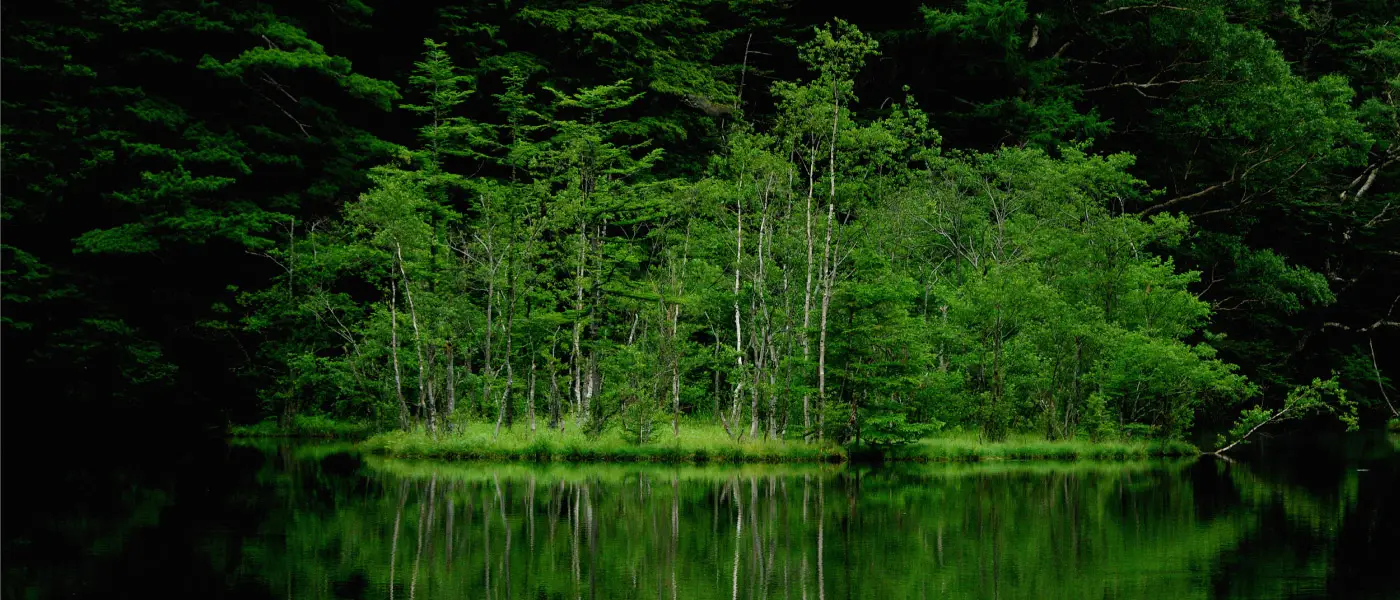
A hearty hello to all our readers around the globe!
As the sun rises earlier and days grow longer, there's a definite whiff of spring in the air. To be clear, there's snow everywhere and there will be for some time. The coldest days are now past, however, and the April 17th reopening date feels tantalizingly close.
Earlier this month, warmer weather resulted in regular avalanche warnings around Kamikochi and the Norikura area.
This week, we're offering something a little different from our usual posts. You've probably noticed that the photo at the top of the page is not current, but rather an archived photo of Mt. Yake (the current view being rather snowier).
Following up on the popularity of last week's post from the archive, we'd like to share a tidbit from one of Five Sense's wonderful online lectures, this time on the topic of natural disasters with the 1962 eruption of Mt. Yake taking center stage. (The following is to a large extent a translation of an article posted in Japanese on Nature Guide Five Sense's website back on February 6th.)

Mt. Yake, known as Yake-dake (焼岳) in Japanese, is an active volcano situated just south west of Kamikochi. While it's well known that a major eruption in 1915 created the famous Taisho Pond, few are aware that the most recent eruption happened within the volcano on a warm June evening in 1962. Staff on duty at the time heard a loud noise similar to an eruption, but unable to detect the cause, wondered if the mountain had undergone and explosive rupture within.
I'm not a volcanologist myself, but if I understand Five Sense's explanation correctly, phreatic eruptions such as the one described above occur when intense heat from magma causes ground water or surface water to evaporate almost instantly. This in turn results in a violent surge of hot steam which blasts rock and ash skyward, potentially falling many kilometers away. If like me, you're old enough to remember the 1980 eruption of Mount St. Helens, you know what kind of havoc this can cause.
An eruption in which magma emerges directly out of the volcano is known as a magmatic eruption. Thankfully, Yake hasn't had one of these in over 2,300 years, but the effects of the last one may be scene to this day.
The verdant slope highlighted in the picture below was created by a magmatic eruption 2,300 years ago. The same is through of the dome around Yake's crater highlighted in the following picture:


And now back to the 1962 incident.
With a large eruption of steam affecting everything near the peak, the unfortunately-situated Yake-Dake Goya hut was severely damaged. Two staff members on duty at the time managed to evacuate the area, but in the dark of night, they could not be confirmed safe till the following morning.
According to contemporary newspaper accounts, almost all of the roughly 200 hikers in the area had been confirmed safe by the next day, making the disaster mild in terms of it's human cost. But that's not to say there weren't other casualties. Volcanic ash mixed with water to create mudslides, blocking roads and rivers. And mulberry orchards in the foothills were coated with ash causing a severe disruption in cultivation.
Minor phreatic eruptions would continue for years after until the activity eventually subsided. On a positive note, Yake-dake Goya was rebuilt at a new location and resumed service in 1968.
Since then, there haven't been any more eruptions, though there was an accident involving a release of high-pressure steam during the construction of a nearby tunnel.
In recent years, tremors and other signs of volcanic activity continue to remind us that Mt. Yake is very much and active volcano. For all of those connected to the park, the possibility of future eruptions remains a key concern.

That's all for this week's entry. A big thanks to the folks at Five Sense for posting the info on which today's post was based. Much of it was news to me!
Till next time, keep safe and stay warm!
Source of Information:
Nature Guide Five Sense Kamikochi blog: https://fivesense.guide/blog/column/32552/




